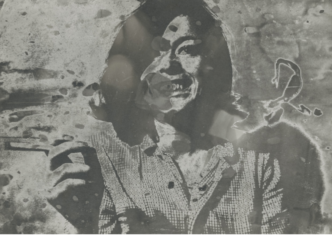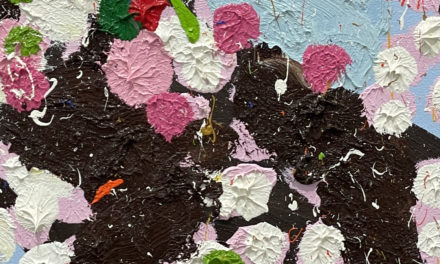Technological progress and art history
Contrary to all commonly held assumptions, art history is closely linked to the history of technological progress. It is said, for example, that Vermeer made use of the “camera obscura”, an optical technique that involved a pierced hole in a small, darkened room through which the viewer could see and copy a reflected scene, which is inverted.
Invention of photo and abstraction
At the beginning of the 19th century the invention of photography had a seismic effect on all creators, and initially enabled painters to transcribe the movement of humans or animals before more radically allowing them to liberate themselves from all desire for representation with the invention of abstraction in the early 20th century.
Rotoreliefs by Marcel Duchamp
In 1935 Marcel Duchamp, ever curious and experimental, created examples of kinetic art which were ahead of their time with his “Rotoreliefs”, a series of concentric discs made out of cardboard which he would place on a turntable to create the illusion of depth. It was Andy Warhol, driven by the same spirit of curiosity, who created images in the 1980s using a computer.
A radical gesture
On 11 March 2021, Christie’s decided – in a radical gesture – to sell a series of 5,000 digital images made by Beeple, aka Mike Winkelmann (born in 1981), a figure who is unknown to the art establishment.
Not by a genius
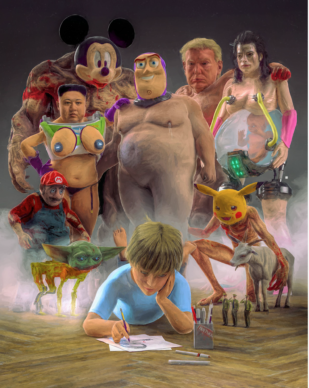
Beeple
They were made between 1 May 2007 and 7 January 2021. They cannot be said to be images made by a genius, but rather they constitute a vast series of caricatures of our age, made by an American at a time when the country is undergoing a major social crisis. The sum they went for was, however, unusual: 69.3 million dollars.
Permanent inviolable information
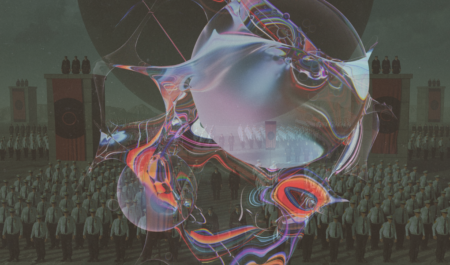
Beeple
The true revolution of this auction does not pertain to the piece itself but rather relates to the format of the work, NFT, which stands for ‘non-fungible token’. This is a form of blockchain writing that allows for a unique and secure inscription which can communicate permanent and inviolable information. What’s interesting about it is the fact that it is linked to the file type (jpeg, for example) of the work. It is accompanied by key information about the owner, author, and other technical and financial details… recording the traceability of the piece in question.
Security is value
It is securing this information that gives it its power, given that digital images or videos can, by their very nature, be endlessly replicated. At the Christie’s sale, 91% of the bidders were unknown to the auction house.
Vignesh Sundaresan
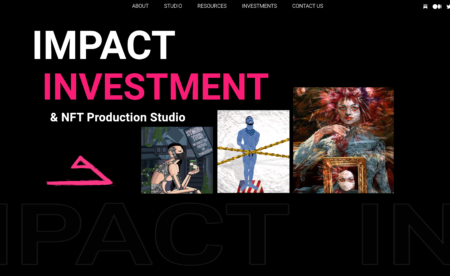
Metapurse
We now know that the buyer is Vignesh Sundaresan, who concealed his identity behind the pseudonym Metakovan. This tech entrepreneur is a blockchain specialist, founder of Metapurse, who lives in Singapore. He published a statement on 18 March saying: “The point was to show Indians and people of color that they too could be patrons, that crypto was an equalizing power between the West and the Rest, and that the global south was rising.” Vignesh Sundaresan paid the transaction using a virtual currency, bitcoin.
NFT museum
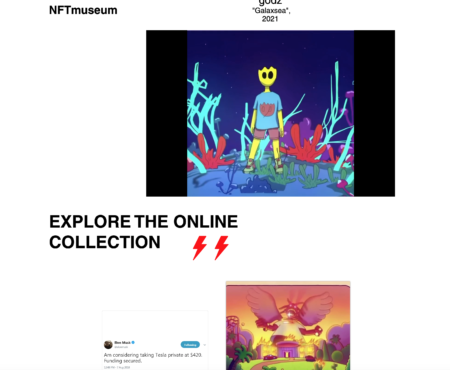
NFT museum
As highlighted by a contemporary art collector (who prefers not to disclose his identity) who also founded the NFT museum (www.nftmuseum.art), a virtual museum that contains, according to him, around a hundred works of this kind: “for those who have possessed crypto currencies for a long time, this price is not high because it cost them a 100th or even a 1000th of the current price.”
Noah Davis
At Christie’s it was Noah Davis who took the initiative to put this on the market. “In December 2020 there was talk of large sums for NFT works being sold on Nifty Gateway (1), up to approximately 3.5 million dollars. I had a means of getting in touch with Mike (Winkelmann). It was clear that we would be immersing ourselves in a world that was completely different to that of traditional sales. You know, I studied the Theatre of the Absurd at college. It was an excellent preparation for this operation,” he says with humour.
Art as a big puzzle
Noah Davis thus proposed to the digital artist that he auction not one, but 5,000 images, which would constitute a “big puzzle”. It was the very idea of selling the ensemble which, according to him, ensured the operation’s success. “Here the NFT reconstitutes 13 years of work, which a traditional work would be unable to do.”
Historic gesture
The other reason for the hyper valuation of this work is that the virtual world is aware of the historic gesture inherent in this sale, run by a traditional auction house, of a digital body of work which takes the NFT principle as its format.
Like buying early cubism
“It’s like buying the early works of Cubism,” notes a contemporary art collector who is fascinated by new technologies. “With the difference that in this new and powerful community, the NFT collectors all hide behind pseudonyms. The world of blockchain is still a Wild West, with no regulation.”
New projects by Christie’s; Silence from Sotheby’s
In a few days’ time, Christie’s is due to announce new projects relating to NFTs. Despite an announcement by their rival Sotheby’s, who have said that they would be collaborating with a digital artist, Pak, nobody there wanted to make a statement on the subject of the market for NFTs.
Pace gallery
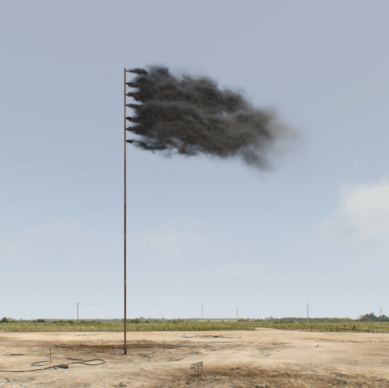
John Gerrard
At traditional galleries that have storefronts, on 20 March Pace publicized the launch of a cryptofund in support of the climate on the part of a new media artist, John Gerrard.
Almine Rech gallery
But it was the French gallerist Almine Rech who was the first to blaze a trail in this respect. She has been putting NFTs up for sale since 14 March 2021. “We were aware of the phenomenon,” explains Davide Capasso, who oversees editions at Almine Rech in Brussels. “So we proposed to one of our artists, whose work could be a good fit for the digital world, to produce work using the NFT format.”
César Piette
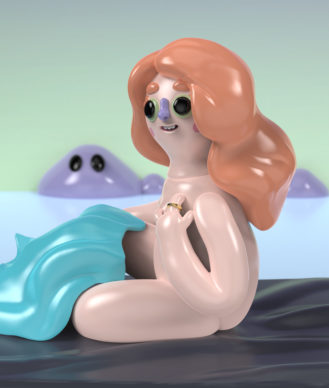
César Piette
César Piette (born in 1982) usually works in paint with airbrushing on canvas, creating images in a digital way. This produces an aesthetic that is deliberately artificial. The prices for these works are modest. The editions going up to 100 copies were sold for a maximum of 799 dollars. But they all sold out within a day, according to Davide Capasso.
Kenny Scharf
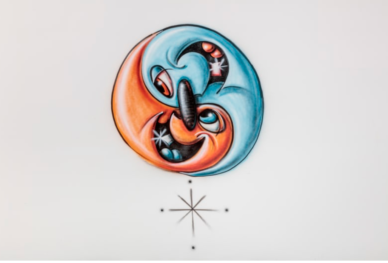
Kenny Scharf
He also points out that Kenny Scharf (born in 1959), one of the pioneers of street art and adventuring companion of Keith Haring and Jean-Michel Basquiat, who is on the roster at Almine Rech, has launched himself into the world of NFTs on the Nifty Gateway website. The sale of a motif taken from one of his paintings went up to 10 049, 99 dollars.
Damien Hirst
Following the record auction at Christie’s another veteran of the avant-garde, Damien Hirst, who is known as a champion of art merchandising, announced on 12 March that he was going to be putting works up for sale using NFT technology.
Emo de Medeiros
Emo de Medeiros is a French-Beninese artist born in 1979 who is on the standard recognition circuit. In his work he addresses themes associated with post-colonialism and traditional African heritage, which he mixes with technology. He is currently featured in two exhibitions at museums in Paris, which are not on view right now due to the public health crisis, at the Musée du Quai Branly and the Musée National de l’immigration.
Digital shadow of the piece
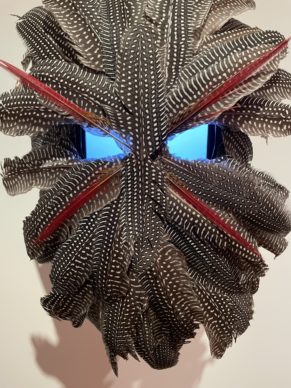
Emo de Medeiros
He has decided to link all his works to NFT technology in order to sell them with traceability. “Each ‘physical’ artwork is associated with a token, an indestructible marker. In a sense it becomes the digital shadow of the piece,” he observes.
Tokenisation of real works
There are two challenges now emerging in the world of NFTs. The first concerns what the mathematician Sebastien Choukroun at Nomadic Lab in Paris – who works with the Tezos blockchain (2) – refers to as a “tokenization” of real works of art. “As the blockchain technology solves problems of the transfer of value, we can imagine that ownership of works of art, subdivided into tokens, would end up with each one corresponding to a certain sum.
Warhol tokenised
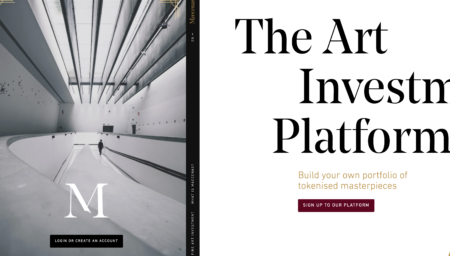
Maecenas
This was apparently first done for a major work in 2018 by an art investment platform, Maecenas, for a work by Andy Warhol, ‘14 Little Electric Chairs’, with a value of 1.5 million dollars. Its tokenization resulted in its sale for 5 million dollars.
Conceptual NFT
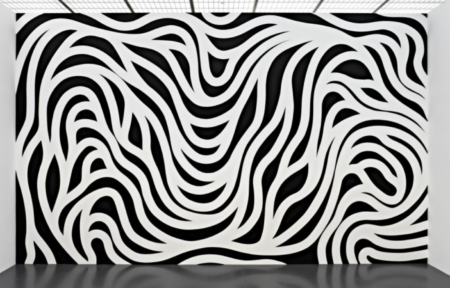
Sol Lewitt
The other challenge will involve using the NFTs as ideal tools for a purely conceptual kind of art. In the 1960s and ’70s, artists like Sol LeWitt, Robert Barry and many others maintained that the idea, the concept, and even the contract predominated over all material creation.
The day may come
The day may come when, in the same spirit, recognized conceptual artists use this new blockchain technology, and the virtual, indestructible NFT document will become a masterwork in its own right.
(1) A platform for the sale of digital artworks.
(2) Since 1 March 2021 Tezos has hosted a website set up to facilitate the creation of NFT artworks called Hic et Nunc. In 21 days it has registered 10,000 NFTs. www.hicetnunc.xyz/
Donating=Supporting

Support independent news on art.
Your contribution : Make a monthly commitment to support JB Reports or a one off contribution as and when you feel like it. Choose the option that suits you best.
Need to cancel a recurring donation? Please go here.
The donation is considered to be a subscription for a fee set by the donor and for a duration also set by the donor.

